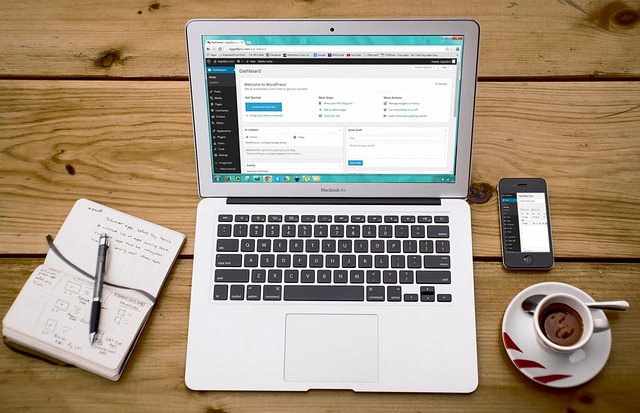Your website is the cornerstone of your business. The majority of consumers will use the internet to research a company before buying from them, so your site needs to make a good first impression. As well as telling your audience about your company and its services, it should also feature valuable content in the form of blogs or videos, and contact details so your customers can get in touch with issues and queries.

But the most important aspect of any successful website is user experience. The business landscape is incredibly competitive these days, so if your company site is confusing or difficult to navigate then it could lose you potential customers. Consumers have increasingly short attention spans and they want to be able to find the information they are after as quickly as possible. If they’re forced to wait too long then they will quickly click off and search for a competitor instead.
One of the biggest causes for a high bounce rate is a slow-loading website. We’ve all experienced the frustration of trying to read a blog article or research a company only to have to wait for each individual page element to load at a snail’s pace. It is frustrating and looks unprofessional. You might not think a slight delay is that important, but studies show that even a small as a one-second delay can result in a significant drop in page views, customer satisfaction, and conversion rate.
Fortunately, this problem is extremely easy to overcome as there are many technical tips and tricks for reducing your page load times. To help you optimize your digital presence, here are three ways to boost the speed of your website.
Reduce image sizes
If your site is populated with high-quality images, these are most likely the main factor that is slowing it down. But you can minimize the impact of any visual content by reducing your image sizes. By compressing your files before uploading them, you can reduce the total size of each website page without sacrificing the user experience, as they will still be able to view the pictures clearly. This will have a major impact on site speed as a result.
Prioritize above-the-fold content
When a user first lands on your website, everything they can immediately see without scrolling is described as above the fold. Anything underneath that is – you guessed it – below the fold. There is a way to enable a thing called lazy loading on your site, which means that all the content above the fold loads first, and everything else loads as the reader scrolls down. This can dramatically increase each page’s load time as only a fraction of the content has to buffer before it is readable.
Monitor your speed
You might be wondering how you can tell if your site is loading quickly or slowly. The best way is to use a website speed checker tool, which gives you a clear and detailed overview of your entire site. As you work on your website over time, this will help you monitor your progress and see how much work is left to be done.
There are countless additional ways to improve site speed, many of which are fairly technical. The best way to optimize your company website and increase your traffic is to sign up to a dedicated web hosting platform such as Nestify.